Pandan plant (Pandanus amaryllifolius) is a tropical treasure native to South-East Asia, prized for its uniquely fragrant leaves with their distinctive milky-sweet, floral-vanilla aroma. In its natural habitat, this perennial evergreen grows as a small shrub 1-1.6m tall when harvested regularly, or develops into a small tree 2-4.5m tall with aerial roots hanging from its trunk. Despite being a tropical plant, with proper care and attention to its specific needs, pandan can thrive in temperate climates both indoors and outdoors.
Pandan leaves are a versatile ingredient in Southeast Asian cuisine, commonly used to wrap chicken, pork, fish, and glutinous rice before grilling, barbecuing, or steaming. This method imparts a unique and aromatic flavor, often described as a combination of milky-sweet, floral, rose, almond, and vanilla notes. The leaves are prized for their ability to enhance dishes with a subtle yet distinctive fragrance. To release their full flavor, fresh or frozen pandan leaves need to be bruised or boiled, which helps to extract their essential oils. Dried pandan leaves, on the other hand, are generally considered flavorless and are rarely used in cooking.
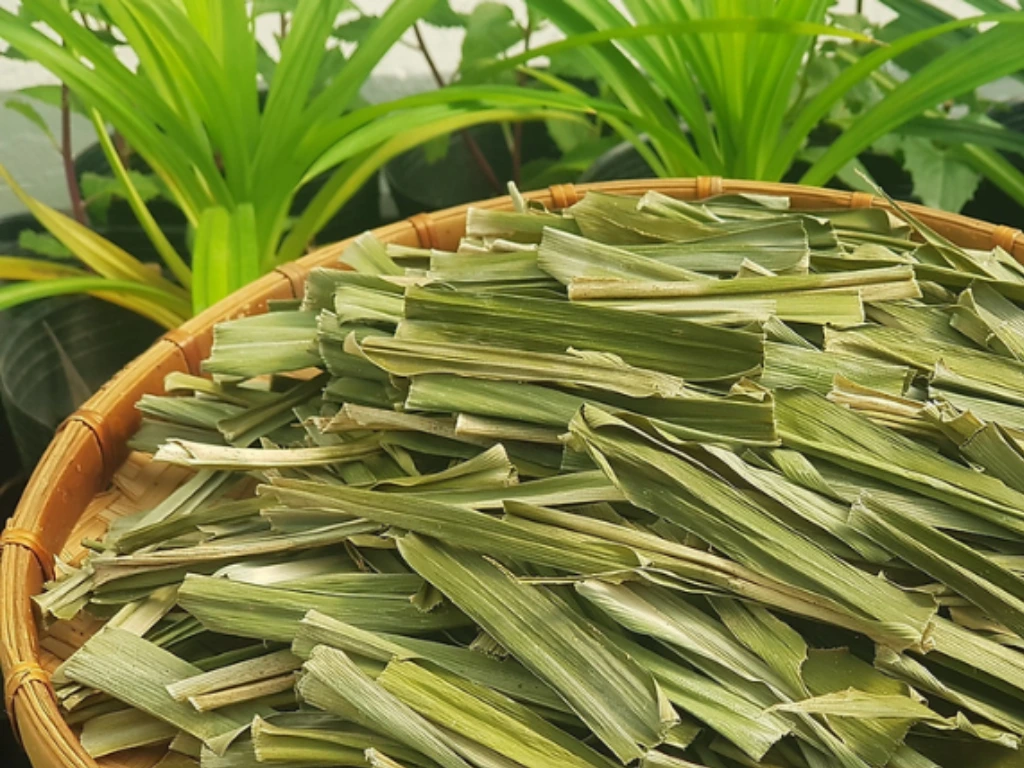
In addition to their culinary uses, pandan leaves also play an important role in the preparation of certain desserts and beverages. They are often used to add a natural green color to cakes, jellies, and drinks, especially in traditional Southeast Asian sweets like pandan chiffon cake or pandan-flavored coconut milk drinks. The leaves can also be infused in coconut milk or syrup to create fragrant sauces and toppings. As a result, pandan’s versatility makes it a key ingredient for both savory and sweet dishes, infusing them with a refreshing, aromatic quality that is hard to replicate.
Growing pandan in temperate climates can be a challenge due to its tropical origins, but with the right care, it is entirely possible to achieve healthy growth. Here are some essential tips to help your pandan plant thrive in temperate environments.
Read more: How to Find Your Gardening Zone and the Best Plants to Grow in Your Region
1. Understanding Pandan’s Natural Requirements
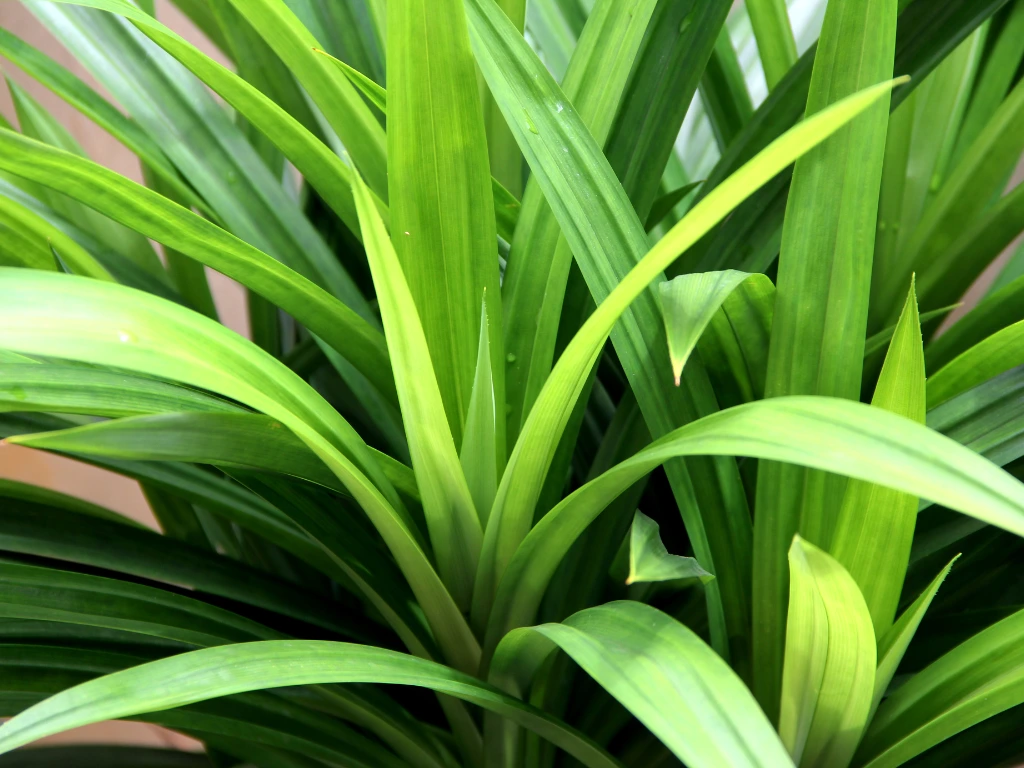
Pandan naturally thrives in warm, humid environments with filtered light. When growing in temperate climates, it’s essential to recreate these conditions as closely as possible. The plant doesn’t tolerate direct hot sun, strong winds, or cold temperatures, making it somewhat challenging but certainly not impossible to grow successfully outside the tropics.
2. Creating the Ideal Location for Pandan Plant
Being a tropical understory plant, the pandan plant prefers protected, part-shade positions. A spot that receives gentle morning sun and dappled midday light provides ideal conditions, but keep it well away from harsh afternoon sun, which can scorch the leaves! In temperate regions, the east side of your house offers good protection, allowing enough light while shielding from excessive heat. For more exposed locations, consider using 50% shade cloth to filter sunlight and provide wind protection.
3. Seasonal Care for Success
Warm Season Care
During spring and summer in temperate climates, pandan can enjoy outdoor living in a protected location. Prepare the soil consistently moist but never soggy – these plants dislike waterlogged conditions that lead to root rot. Maintain humidity by:
-
Misting the leaves regularly with a spray bottle on hot days
-
Placing the pot on a humidity tray (see below)
-
Grouping with other plants to create a micro-climate with higher humidity
-
Protecting from drying winds that can quickly dehydrate the leaves
Cool Season Protection
Pandan is frost-tender and suffers damage when temperatures drop below 7°C (44.6°F). When overnight temperatures fall to 10°C (50°F) or lower, it’s time to bring your plant indoors. Choose a bright location that remains relatively warm but avoid placing near heating vents where hot, dry air will stress the plant. Reduce watering during winter, keeping the soil just barely moist, as wet soil in cold conditions often leads to root problems.
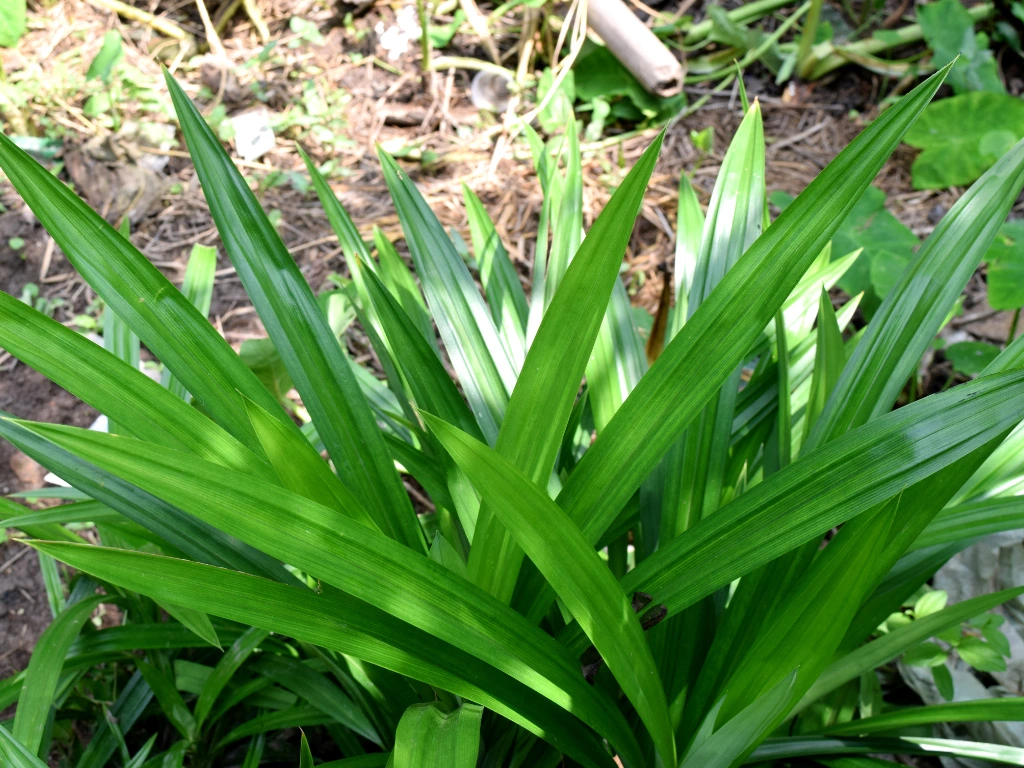
If you have kept your pandan indoors over the winter, it’s important to acclimatize it gradually to outdoor conditions in spring. Start by placing the plant in a shaded, wind-protected area for an hour or two each day. Slowly increase the time spent outdoors until the plant is fully adjusted. Be cautious of sudden temperature drops at night, and bring the plant inside if necessary.
4. Potting Practices to Prevent Problems
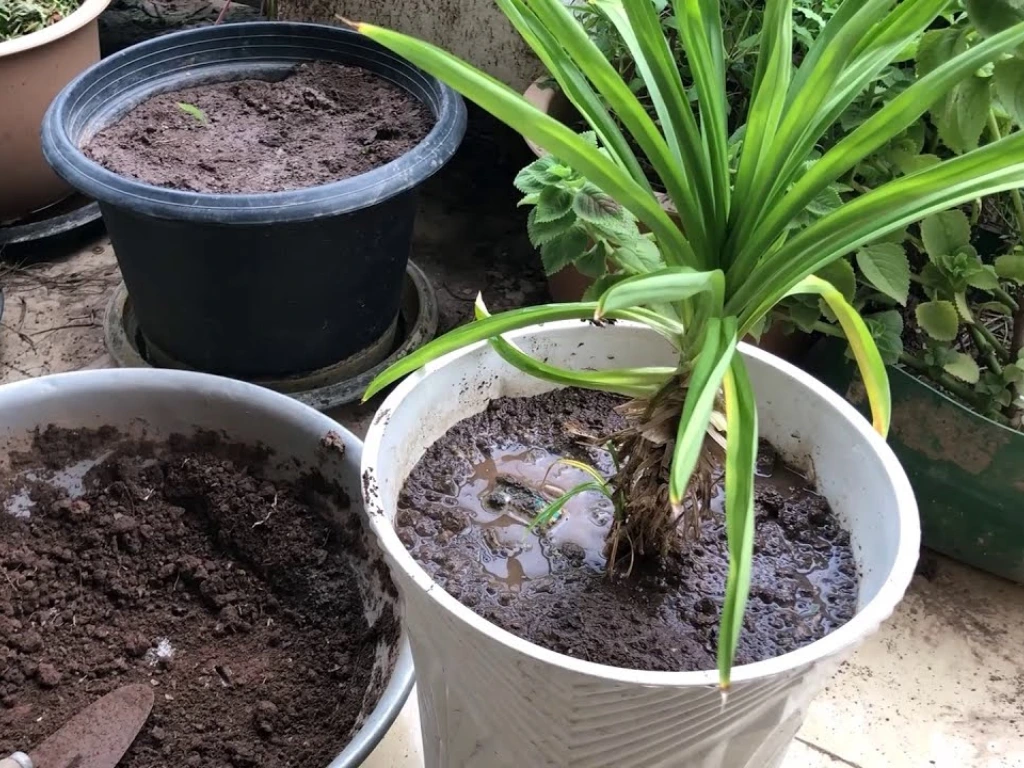
When growing pandan in containers, avoid the common mistake of overpotting – placing a small plant in an excessively large pot. This creates a situation where the limited root system cannot absorb all the moisture in the potting medium, resulting in constantly wet soil that promotes root rot. Instead:
-
Transplant gradually to the next size up pot when roots become visible at the drainage holes
-
Use well-draining, moderately fertile potting mix
-
When repotting, avoid using a pot that is too large, as this can lead to waterlogged conditions. It’s better to move the plant into a slightly larger pot as it grows, rather than overpotting, which can stunt its development. Repot pandan in the spring or early summer when it is actively growing, to ensure the plant has enough time to establish its roots.
-
Water with seaweed extract after repotting to stimulate root growth and reduce transplant shock
5. Creating Humidity for Indoor Growth
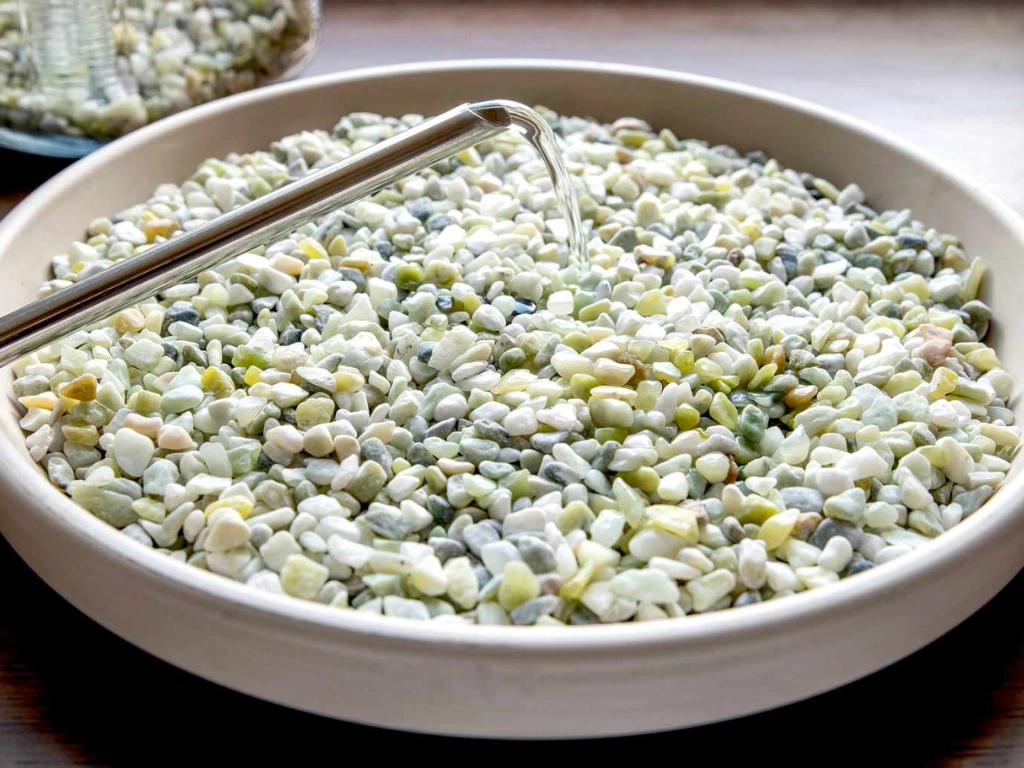
Maintaining adequate humidity is perhaps the biggest challenge when growing pandan indoors in temperate climates, especially during winter when heating systems create dry air. A simple humidity tray offers an effective solution:
-
Take a plastic tray or deep pot saucer that can hold water
-
Fill with pebbles, scoria (porous volcanic rock), or other stones
-
Add water below the top level of the stones
-
Place the plant pot on top, ensuring it sits above the water line
-
The evaporating water creates a humid microclimate around the plant
For even greater humidity, place the entire setup (humidity tray and plant) inside a clear plastic storage container that allows light to pass through while trapping moisture around the plant.
6. Temperature Control for Winter Growth
For serious pandan enthusiasts in colder regions, using a seedling heat mat under the humidity tray can create ideal growing conditions year-round. A heat mat with thermostat set to 20°C (68°F) will maintain optimal root temperature while increasing water evaporation for higher humidity. Just remember to check water levels more frequently as evaporation increases with added warmth.
7. Transitioning Between Seasons
Any sudden change in growing conditions stresses plants, so gradual acclimation is key to success. When moving pandan from indoors to outdoors in spring, introduce it to outdoor conditions slowly:
-
Begin by placing in a shady, protected spot for 1-2 hours
-
Gradually increase outdoor time over a period of 1-2 weeks
-
Monitor for signs of stress (wilting, yellowing) and adjust exposure accordingly
-
Continue watching weather forecasts and bring plants in when nights turn cool
With careful attention to light, temperature, humidity and gradual transitions, your pandan plant can thrive in temperate climates, bringing a touch of tropical Southeast Asia to your home garden and kitchen.
